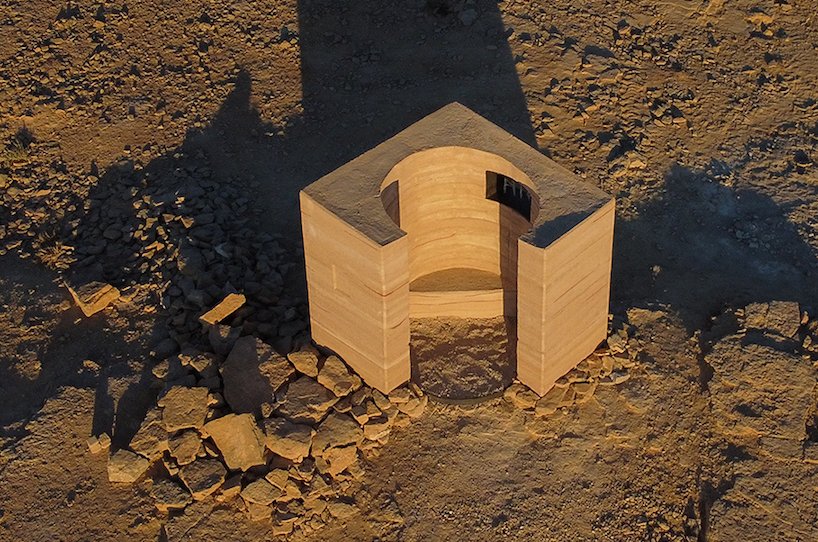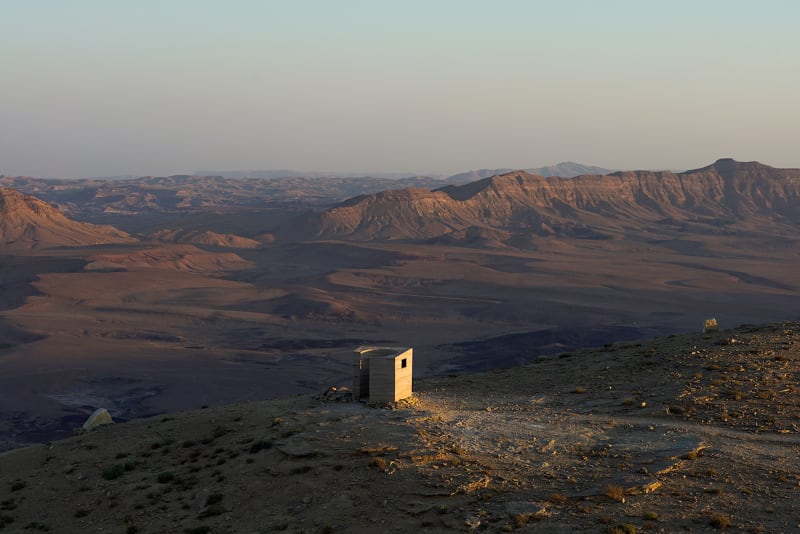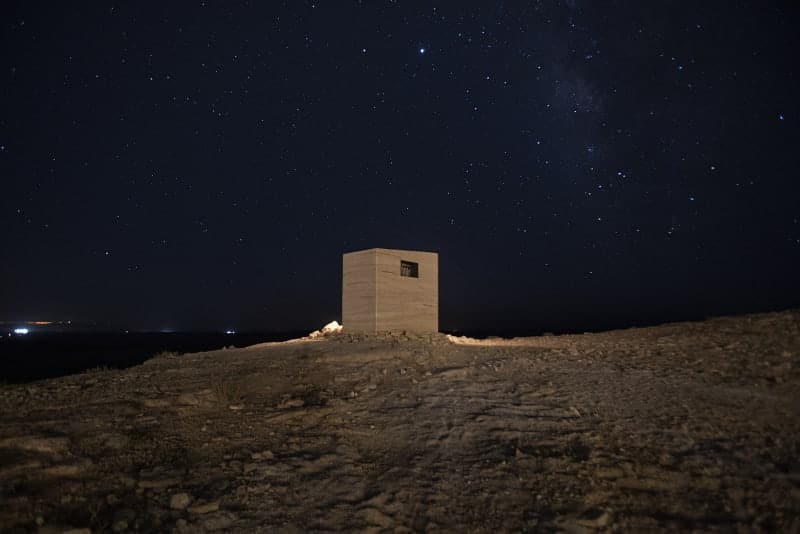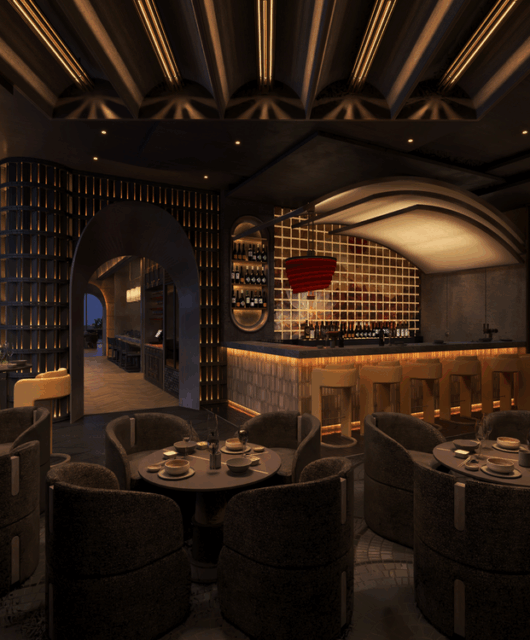 Landroom project by French-Israeli architect Ben Gitai, founder of Gitai Architects, is overlooking the world’s largest geological crater, Makhtesh Ramon in Israel
Landroom project by French-Israeli architect Ben Gitai, founder of Gitai Architects, is overlooking the world’s largest geological crater, Makhtesh Ramon in Israel

The Landroom is a minimal environmental structure designed on the verge between territory and a landscape object. It is located at the Western observation point on the edge of the Mitzpe Ramon crater in the Negev. It functions as an observatory for the stars at night and provides shelter for visitors where the sun’s rays are burning in daylight. The Landroom is about 6sqm in size and it can accommodate two people. It embodies the transition from a normative lifestyle to the unpredictable living conditions created as a result of the corona plague that plagues the world today. It also maintains an internal and external dialogue with the physical area (Ramon Crater) in which it is located, thus allowing a connection between the space and the landscape that surrounds it. Among other things, the atmosphere in the Landroom transform itself with changing environmental conditions throughout the day.


Landroom’s atmosphere changes in response to environmental conditions throughout the day, serving as a shelter from the sun during the day and a warm cocoon in the evening for star gazers The structure itself sits as if it could have sprouted naturally from the Earth, blending into the landscape and offering a cinematic feeling and viewing experience that connects the anthology and topography of the location.







